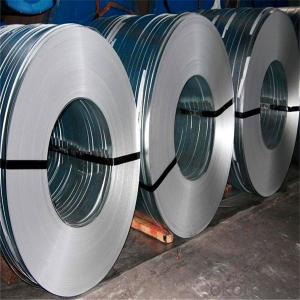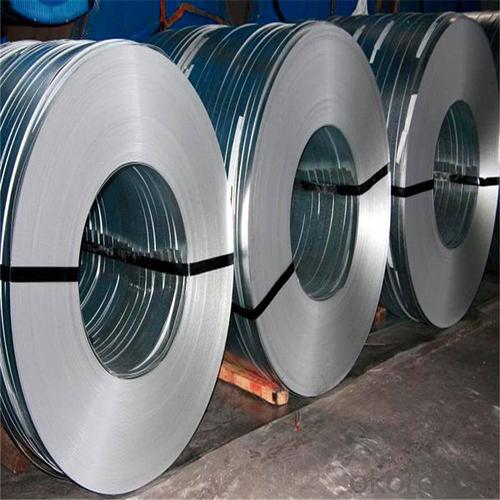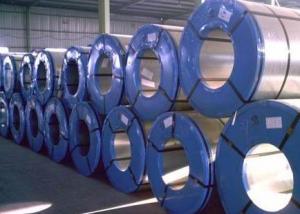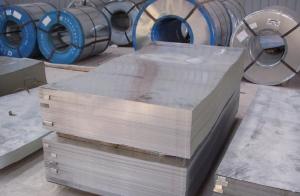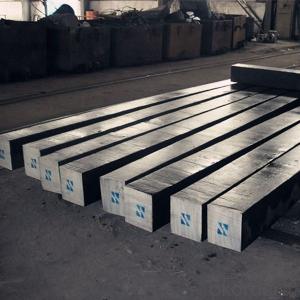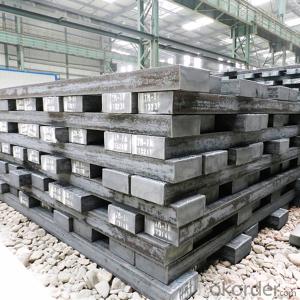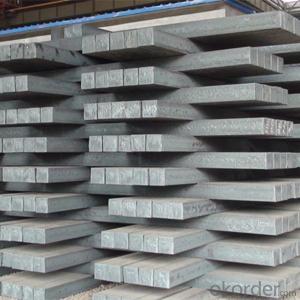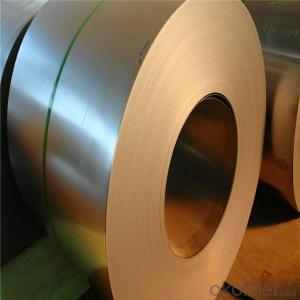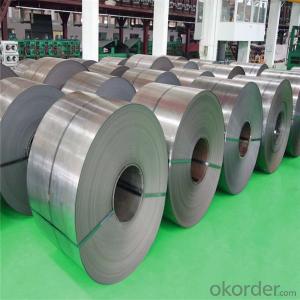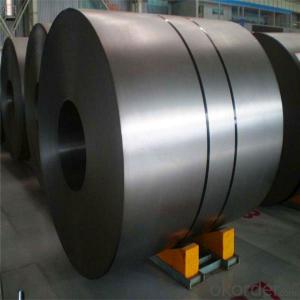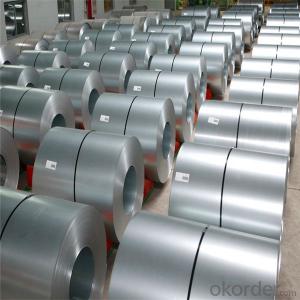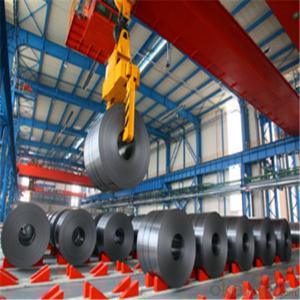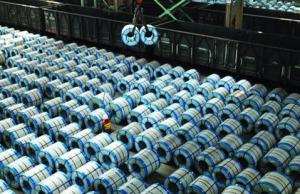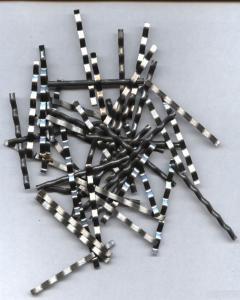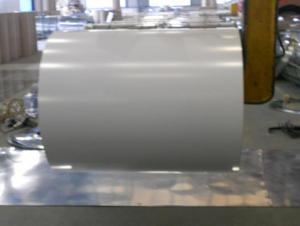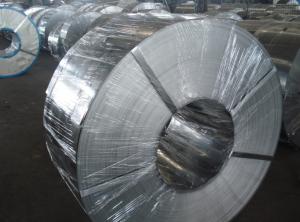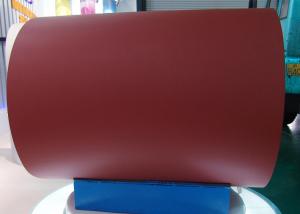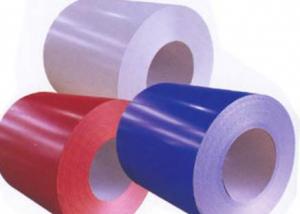Prime Quality Cold Rolled Steel Sheet/Coil Made in China/China Supplier
- Loading Port:
- China main port
- Payment Terms:
- TT OR LC
- Min Order Qty:
- 23 m.t.
- Supply Capability:
- 50000 m.t./month
OKorder Service Pledge
OKorder Financial Service
You Might Also Like
Specification
Prime Quality SPCC Cold Rolled Steel Sheet/coil
Widely used to appliance,automobile industry or other decoration usage.
Certificate: ISO9001
Packing Details: Wrapped by water proof paper and plastic film.Covered with iron sheet,strapped by steel strips to protect the damage under transportation.
Details please check following format
Product Picture
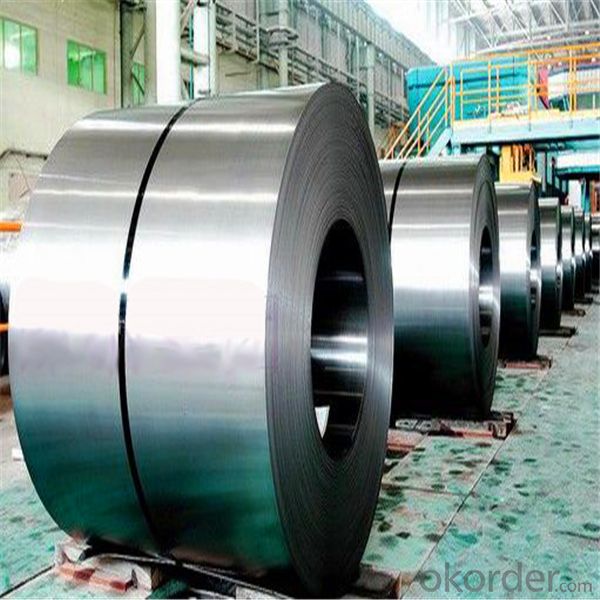
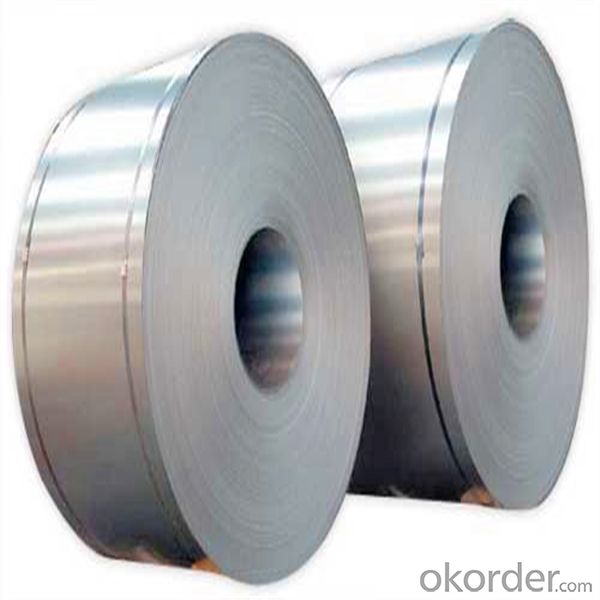
FAQ
1. Q: Where is your company located? How can I visit there?
A: Our company is located in Beijing, China. Welcome to visit us.
2. Q: Can I get sample and how long will it take?
A:Yes. We can supply sample. And you need to pay for courier.
3. Q: What's the MOQ?
A: Our MOQ is 25mt.
4. Q: What's the delivery time?
A: It will take about 30 days after TT or L/C.
5. Q: What is the payment terms?
A: T/T, L/C at sight
6. Q: How does your factory carry out quality control?
A: We attach great importance to quality control.Every part of our products has its own QC.
7. Q: What certificate do you have?
A: We have SGS, ISO9001 etc.
- Q: How is steel forgings machined for precision components?
- Steel forgings are machined for precision components using various techniques such as milling, turning, drilling, and grinding. These processes involve carefully removing excess material to achieve the desired shape and dimensions with high accuracy and surface finish. The machinists utilize advanced tools, computer-controlled machines, and precise measurements to ensure that the steel forgings meet the required specifications for the precision components.
- Q: What are the applications of alloy steel in the aerospace industry?
- Alloy steel finds various applications in the aerospace industry due to its exceptional properties. It is commonly used in the construction of aircraft parts such as landing gears, turbine engines, and structural components. Alloy steel offers excellent strength, high fatigue resistance, and good corrosion resistance, which are crucial for ensuring the safety and performance of aircraft. Additionally, its ability to withstand high temperatures and maintain structural integrity under extreme conditions makes it an ideal material for aerospace applications.
- Q: How are steel products used in the manufacturing of household appliances?
- Steel products are commonly used in the manufacturing of household appliances due to their strength, durability, and ability to withstand high temperatures. They are used in various components such as the frames, bodies, and interiors of appliances like refrigerators, ovens, and washing machines. Steel is also utilized in the production of small parts like screws, hinges, and brackets, ensuring stability and longevity in these appliances.
- Q: What are the factors to consider when estimating the lifespan of steel structures?
- When estimating the lifespan of steel structures, there are several factors to consider. These include the quality of the steel used, the design and construction of the structure, the environment in which it is located, the level of maintenance and corrosion protection, and any external factors such as earthquakes or extreme weather conditions.
- Q: What are the safety considerations when working with steel products?
- Some safety considerations when working with steel products include wearing appropriate personal protective equipment (PPE) such as gloves, safety glasses, and steel-toed boots to prevent injuries from cuts, sparks, and falling objects. It is also important to use the correct tools and equipment for the task at hand, as well as ensuring that they are in good working condition. Adequate training and knowledge of proper handling techniques, such as lifting techniques and using mechanical aids, can help prevent strain and musculoskeletal injuries. Additionally, proper ventilation and respiratory protection may be necessary when working with steel products that produce fumes or dust. Regular maintenance and inspection of equipment and work areas can help identify and address potential hazards, ensuring a safe working environment.
- Q: How are steel products used in the construction of high-rise buildings?
- Steel products are extensively used in the construction of high-rise buildings due to their superior strength, durability, and flexibility. Steel is commonly employed for structural frameworks, beams, columns, and reinforcement in high-rise construction. Its high strength-to-weight ratio allows for taller and lighter buildings, while its flexibility enables architects to design complex and innovative structures. Additionally, steel's resistance to fire, earthquakes, and adverse weather conditions makes it a reliable choice for ensuring the safety and stability of high-rise buildings.
- Q: What are the advantages of using steel in the manufacturing of playground equipment?
- There are several advantages of using steel in the manufacturing of playground equipment. Firstly, steel is highly durable and can withstand heavy use and extreme weather conditions, making it ideal for playgrounds that are exposed to constant wear and tear. Additionally, steel is rust-resistant, which ensures the longevity and safety of the equipment. Furthermore, steel allows for versatile and intricate designs, allowing manufacturers to create a wide range of engaging and stimulating playground structures. Lastly, steel is a sustainable and environmentally-friendly material as it can be recycled, reducing the impact on natural resources.
- Q: What are the common types of steel products used in the railway industry?
- Common types of steel products used in the railway industry include rails, sleepers, wheels, axles, and various structural components such as beams and columns.
- Q: How are steel products used in the marine and shipbuilding industry?
- Steel products are widely used in the marine and shipbuilding industry due to their high strength, durability, and resistance to corrosion. They are used in the construction of ship hulls, decks, bulkheads, and superstructures. Steel is also used to manufacture various components such as propeller shafts, rudders, and engine mounts. Additionally, steel is essential for the fabrication of offshore structures, including oil rigs and platforms. Overall, steel products play a crucial role in ensuring the safety and structural integrity of ships and marine infrastructure.
- Q: What are the common types of steel products used in the chemical industry?
- Some common types of steel products used in the chemical industry include stainless steel pipes, tanks, and vessels, as well as steel valves and fittings. These steel products are chosen for their corrosion resistance properties, as they need to withstand harsh chemicals and environments.
Send your message to us
Prime Quality Cold Rolled Steel Sheet/Coil Made in China/China Supplier
- Loading Port:
- China main port
- Payment Terms:
- TT OR LC
- Min Order Qty:
- 23 m.t.
- Supply Capability:
- 50000 m.t./month
OKorder Service Pledge
OKorder Financial Service
Similar products
Hot products
Hot Searches
Related keywords
